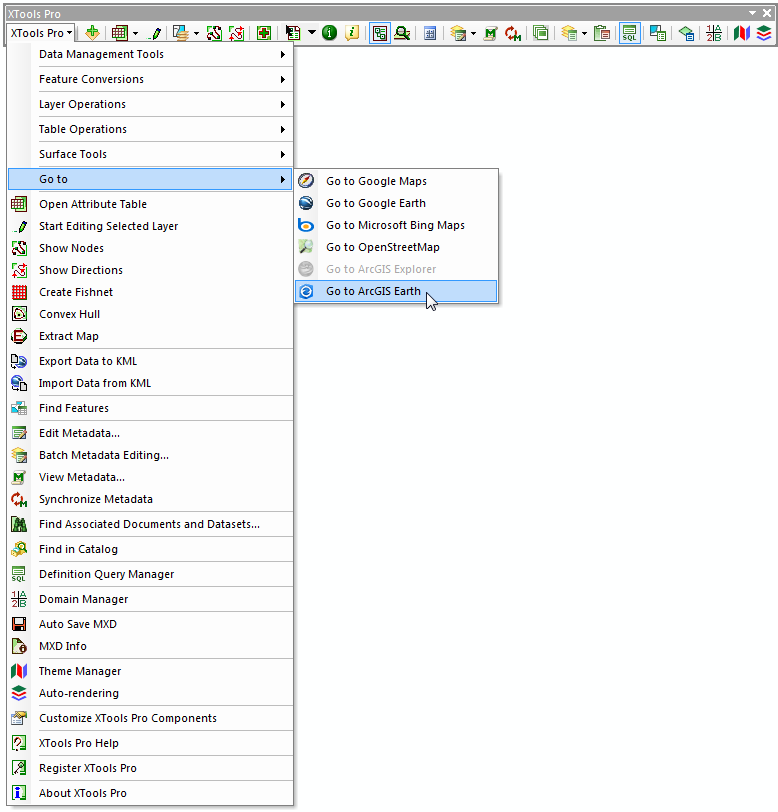Install Xtools Pro

In this video you will see a practical example of using the XTools Pro's “Create Fishnet” tool. XTools Pro provides.
In this video you will see a practical example of using the XTools Pro's “Create Fishnet” tool. XTools Pro provides more than 80 vector spatial analysis, shape conversion and table management tools and features for fast and effective work in ArcGIS Desktop. Download XTools Pro Try it free for 14 days Full transcript: XTools Pro is one of the most popular extensions for ArcGIS for Desktop end users. In this video we will demonstrate a practical example of using the XTools Pro 'Create Fishnet' tool.
The XTools Pro “Create Fishnet” tool is provided for creating regular networks of rectangles or hexagons. Regular networks (or fishnets) can be used to divide continuous areas into separate discrete zones. Each zone then can be assigned with a certain value, for example, population in cities within a fishnet cell.
This is often used in spatial analysis. Let’s see how the tool can be used to create a rectangular fishnet for population density map for the state of Texas. Created fishnet can be clipped with some other features, so it will consist only of those cells overlaying these features. Therefore, before creating our fishnet we select a polygon of the state of Texas on the map. Then we run the “Create Fishnet” tool from the XTools Pro toolbar menu. We start setting up parameters with specifying output fishnet feature class. For our purpose, we store the new fishnet as a shapefile in the map document folder.
Custom, full, current map extent, or extent of the selected layer or graphics can be used to define the extent of the output fishnet. We are going to use current map extent as we have zoomed map to the state of Texas beforehand. Tafsir al-quran per kata. We select rectangular cells and specify the same value for rows height and columns width as we need square cells. It is possible to specify number of rows and columns – the cell size is then automatically calculated.
In our case, we need square fishnet cells of the 60 x 60 km size. Therefore, we specify both rows height and columns width as 60 km. We also select to create index field “Index_Row” with indexes starting with 1.

Then we do the same for columns and create index field “Index_Col”. Rectangular fishnets can be created as polygons or polylines. We select polygon geometry type for our needs. Yet another option that can be used in some cases is fishnet rotation allowing to rotate output fishnet cells. We don’t need this for our population distribution map, so we just leave the rotation angle as 0. For our goal, we need to create fishnet consisting of only those cells overlaying the state of Texas. For that we select to clip the output fishnet with the STATES layer where we have selected a polygon of the Texas state.
We make sure that only one polygon has been selected for use. Finally, all options have been set up, so we can run the fishnet creation process. The new fishnet overlaying the state of Texas has been successfully created. In order to make a thematic map of population distribution within the state, we assign fishnet cells with the population values from the CITIES layer using the standard ArcMap means. As a result, we’ve got the following map demonstrating population density ranges within the state of Texas.